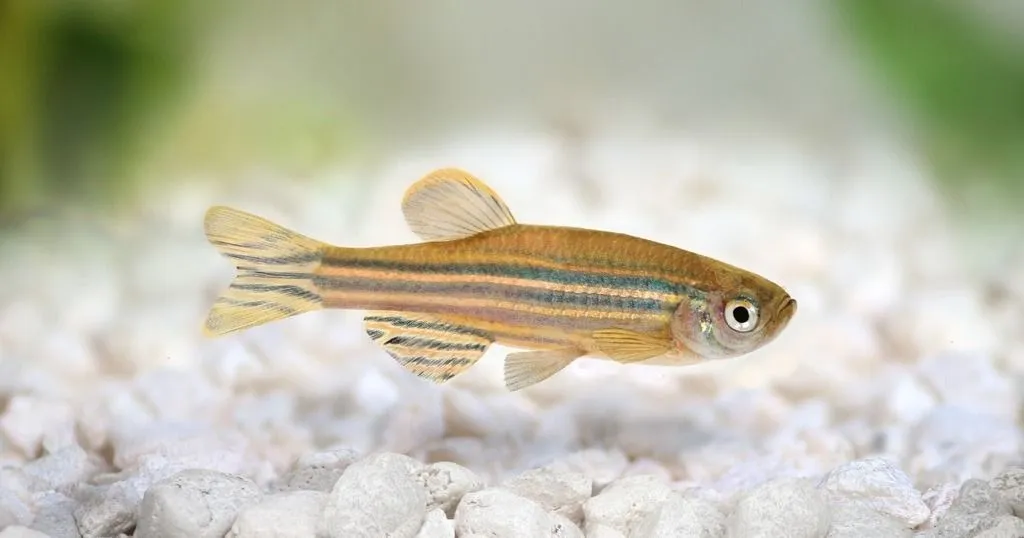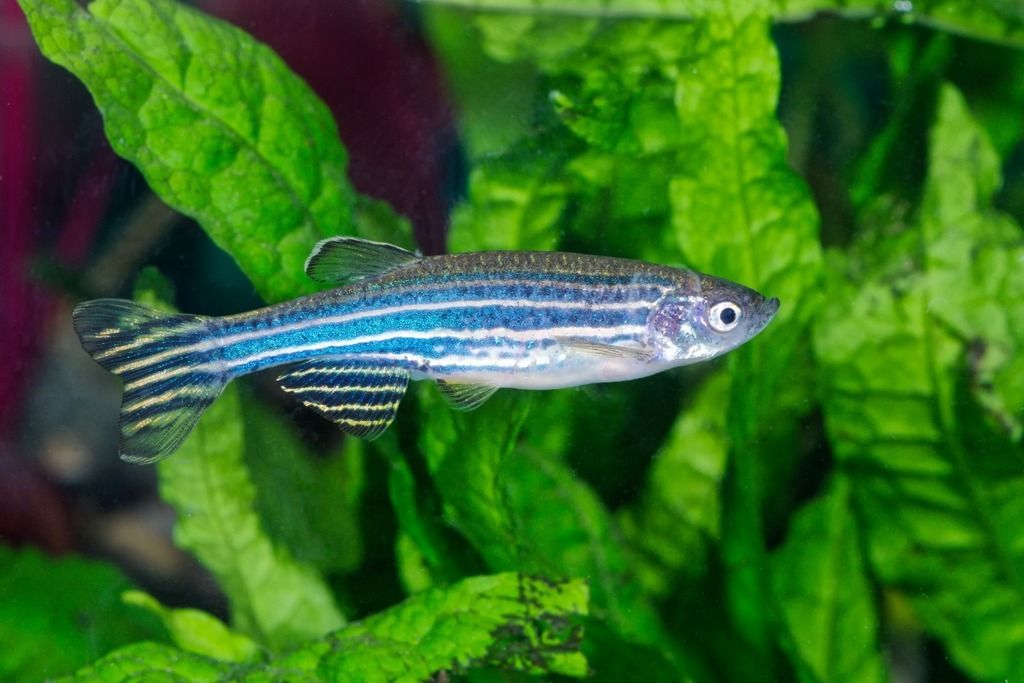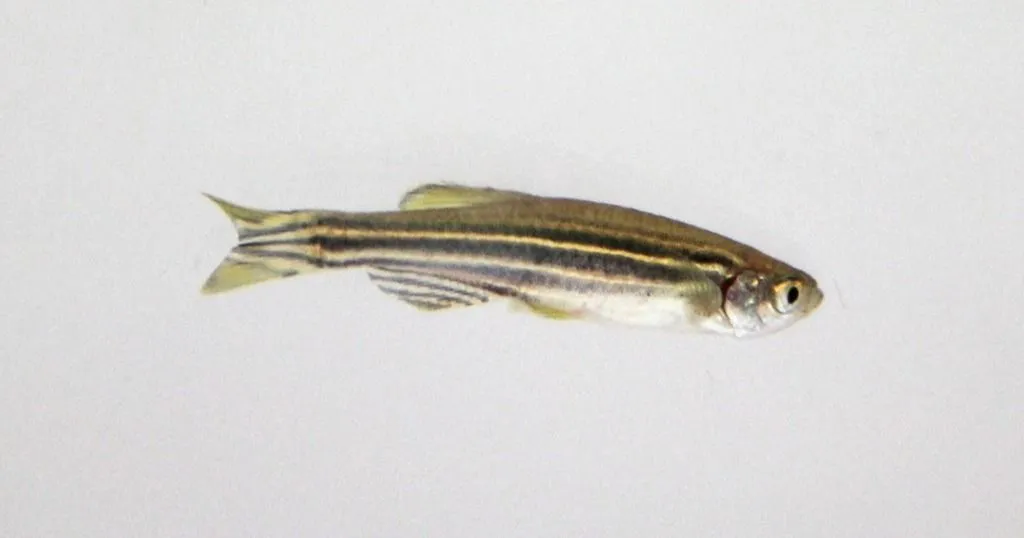The effect of environmental levels of lead on zebrafish development
Lead exposure has a negative influence on the developing brain and body. Zebrafish research allows us to understand the effects of lead poisoning on the different stages of life.
Posted by
Published on
Thu 14 Sep. 2023
Topics
| DanioVision | T-maze | Toxicity | Zebrafish |

It is a well-known fact that lead ingestion leads to potentially serious health consequences. This is especially true in infants, since their brain and nervous system are still developing and growing. If they are exposed to even very small amounts of lead, this can cause, among other, memory difficulties, hyperactivity disorder and even deformities. Unfortunately, lead pollution is common in the current industrialized society, which means that exposure of infants and adults alike to toxic concentrations of lead is common as well.
Systematic research to lead exposure
There is currently a lack of systematic research into this topic, and especially behavioral analyses have not been performed much yet. Because of that, scientists from China and Germany collaborated to study the effect of environmentally relevant concentrations of lead on zebrafish development. Due to the similarities of zebrafish to humans at the genomic level, they are a good species to use as an animal model.

Neurobehavior after exposure to environmental levels of lead
For this study, zebrafish were exposed to environmentally relevant levels of lead, i.e. 0-2 μM. The exposure took place only during the larval stage, in order to see what kind of lasting effect, if any, it had on adult zebrafish. The larval stage was counted as being from 2 - 120 hpf (hours post-fertilization), after which the fish were raised in normal, lead-free conditions from 5 dpf (days post fertilization) (juvenile) to 4 months old (adult). During the lead-free period of their lives, the researchers tested the zebrafish’ neurobehavior using Noldus Ethovision XT.
Neurobehavior in juvenile zebrafish
The zebrafish were put into 48 well-plates (age 6 dpf) and 6 well-plates (age 1 month), and placed into the observation chamber of the Noldus IT DanioVision Tracking System. They could adjust for 10 minutes after which the researchers started a 5:5 min light-dark cycle. Additionally, every 30 seconds the plates were mechanically tapped. The responses of the fish to these stimuli was recorded by EthoVision XT, and the distance travelled, acceleration and velocity of the fish was registered automatically.

The lead-exposed fish behaved more actively and were much more easily startled compared to control zebrafish, pointing to anxiety and hyperactivity disorders. Furthermore, their heart rates, survival and growth were severely affected and they suffered from deformities like spinal curving and hemorrhage.
Neurobehavior in adult zebrafish
Open field & novel tank diving test
Each adult fish (4 months old) was put individually into a square tank in the DanioVision Tracking System, after which they could adapt for 10 minutes. Then, the fish were each recorded for 20 minutes, during which velocity, swimming distance and time spent in each region were analyzed automatically. These analyses showed that healthy zebrafish preferred to swim close to the surface, while lead-exposed fish spent significantly more time at the bottom. This points out that the anxiety they suffered from as juveniles did not disappear.
Social interaction test
After the diving test, a new test tank was attached to another tank containing 6 zebrafish (3m and 3f). The main tank was divided into a social and non-social area. Each zebrafish to be tested was placed in the center of the main tank, and allowed to acclimatize for 10 minutes. Then, they were recorded for 20 minutes, and the swimming duration and distance travelled in each area were calculated using the DanioVision Tracking System. These tests showed a decreased preference for social activities.
T-maze test
Lastly, the researchers wanted to check the fishes’ memory and learning abilities. They used a T-maze, with the fish being placed at the end of the long arm. At the end of one of the short arms was a food reward, and for 6 days the fish were trained to find this reward. For the final test, the fish were placed at the end of the long arm again. The DanioVision Tracking System recorded the time spent before arriving in the target area, and exploration duration in the target area. This test showed a remarkable impairment in learning and memory, both during training and during the final test.
Apart from the behavioral tests, the researchers performed both cell apoptosis tests and gene expression analysis in the zebrafish. For more information on these tests, please read the original article.

Consequences of lead exposure on zebrafish development
This study clearly shows that even the smallest dosage of lead severely affects zebrafish development. The fish had a wide variety of deformities, and suffered from various kinds of mental disorders like anxiety, hyperactivity disorders and a clear impairment in learning and memory. These symptoms did not disappear when the fish matured. These findings, and the animal model from this study, could help develop medicines that can treat, though not cure, the often severe side effects of lead exposure.
Related Posts
Studying zebrafish behavior using video tracking software

Social buffering in zebrafish

